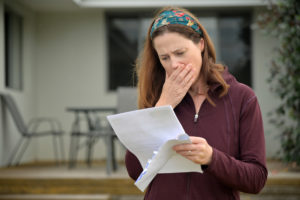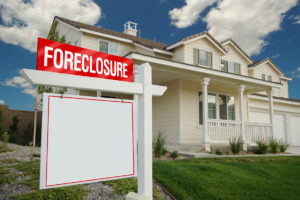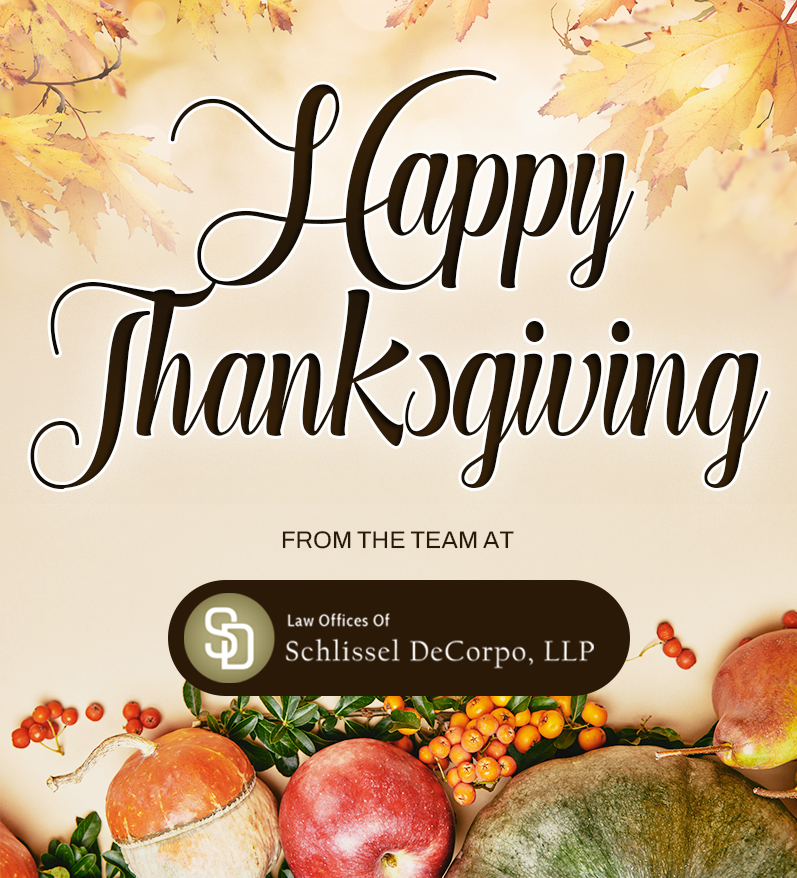 The covid-19 Emergency Eviction and Foreclosure Prevention Act created a standardized hardship declaration form which tenants can submit to their landlord to prevent and halt an eviction if they have a financial hardship related to or during covid-19 that prevents them from being able to pay their rent. In addition they can qualify if someone in their household is at an increased risk of illness due to covid-19.
The covid-19 Emergency Eviction and Foreclosure Prevention Act created a standardized hardship declaration form which tenants can submit to their landlord to prevent and halt an eviction if they have a financial hardship related to or during covid-19 that prevents them from being able to pay their rent. In addition they can qualify if someone in their household is at an increased risk of illness due to covid-19.
The form gives tenants the ability to declare a financial hardship if they have lost income. In addition if they have increased healthcare, childcare or other family expenses, they can also declare a hardship. In the event they have been unable to obtain meaningful employment because of circumstances related to covid-19 they also can qualify. Funds also be allocated to help them with moving expenses.
A tenant who obtains a copy of the standardized hardship declaration form should return it to their landlord or to the court to prevent a landlord from filing an eviction. This can be used to suspend an eviction proceeding already underway until May of 2022.
Protection Against Foreclosure and Tax Lien Sales
for Residential Property Owners
The statute also gives homeowners protections against a foreclosure sale of their home and tax lien sale of their home. This applies to residential property that involves 10 or fewer apartment units. The residential property must include the individuals primary place of residence.
Property owners will be able to obtain protection from foreclosure and tax lien sales of their homes by filing a standardized hardship declaration form with their mortgage lender or with the court. The property owners must declare in this form under penalties of perjury that they have a financial hardship. In addition, they must allege this financial hardship prevents them from paying their mortgage or property taxes related to lost income. This includes reduction in rent collections, increased expenses or their inability to obtain meaningful employment. Landlords with 10 or more rental units are excluded from these protections.
Negative Reporting and Discrimination Extending Credit
The law protects a property owner from credit discrimination too if they are behind on their mortgage payments or they have received a stay of mortgage foreclosure sale, tax foreclosure or tax lien sale on their property.
The hardship declaration can also be used to avoid credit discrimination based on mortgage arrears on the property in which they reside. This statute gives new protection to single family residences, co-ops, owner occupied multifamily primary residences and primary residences. This legislation will also forbids negative reporting to any credit agency related to a mortgage foreclosure proceeding or tax foreclosure proceedings.
 Elliot Schlissel, his partner and his associates help homeowners facing foreclosure, bankruptcy or facing financial difficulties . They can be reached at 800-344-6431 or by email at info@sdnylaw.com
Elliot Schlissel, his partner and his associates help homeowners facing foreclosure, bankruptcy or facing financial difficulties . They can be reached at 800-344-6431 or by email at info@sdnylaw.com


 There is approximately $539 million dollars allocated from federal funds to assist
There is approximately $539 million dollars allocated from federal funds to assist 
 On Thursday, December 4, 2021, New York State became the first state in the United States to receive United States Treasury approval for $539 million in a Homeowner Assistance Fund to aid individuals whose homes are in
On Thursday, December 4, 2021, New York State became the first state in the United States to receive United States Treasury approval for $539 million in a Homeowner Assistance Fund to aid individuals whose homes are in 

 Restricted lenders must comply with temporary NYS foreclosure laws protecting homeowners who’ve declared a COVID-19 hardship. Here’s a summary of changes effective May 1, 2021 until August 31, 2021, when statewide
Restricted lenders must comply with temporary NYS foreclosure laws protecting homeowners who’ve declared a COVID-19 hardship. Here’s a summary of changes effective May 1, 2021 until August 31, 2021, when statewide 
 In a case before Justice Arlene Bluth in Supreme Court in New York County a bank brought an application for a default judgment against defendants. The bank also requested the appointment of a referee to compute the sums due and owing to the bank in the foreclosure lawsuit. The defendants made a cross application to
In a case before Justice Arlene Bluth in Supreme Court in New York County a bank brought an application for a default judgment against defendants. The bank also requested the appointment of a referee to compute the sums due and owing to the bank in the foreclosure lawsuit. The defendants made a cross application to 



